Conventional travel wisdom often dictates narrow windows of “perfect” timing for destinations around the world. These peak seasons promise ideal weather but deliver predictable downsides: inflated prices, overwhelming crowds, and experiences that feel more like processed tourism than authentic discovery.
Savvy travelers have begun challenging these conventions, finding that embracing a destination’s supposed “wrong” season often reveals its true character, creates unique opportunities, and delivers more meaningful connections with both places and people.
Here is a list of 20 popular destinations that offer surprising advantages when visited during their traditional off-seasons. This reveals how conventional timing wisdom often misses the deeper experiences available to those willing to pack an extra layer—or shed one—in pursuit of travel authenticity.
Venice, Italy, in Winter

Winter fog transforms Venice into a mysterious, ethereal landscape while dramatically reduced crowds make exploring narrow passageways actually enjoyable. Local Venetians reclaim their city during these months, meaning neighborhood restaurants serve primarily residents rather than tourists, creating opportunities for genuine cultural immersion impossible during summer.
Kyoto, Japan, in the Summer

Summer in Kyoto offers unique cultural experiences, including the spectacular Gion Matsuri festival and evening temple illuminations despite the humidity. Traditional architecture showcases ingenious heat-mitigation features, while seasonal cuisine like cold somen noodles and kakigōri shaved ice connects visitors to centuries-old traditions typically missed by spring cherry blossom seekers.
Like Travel Pug’s content? Follow us on MSN.
Santorini, Greece, in Winter
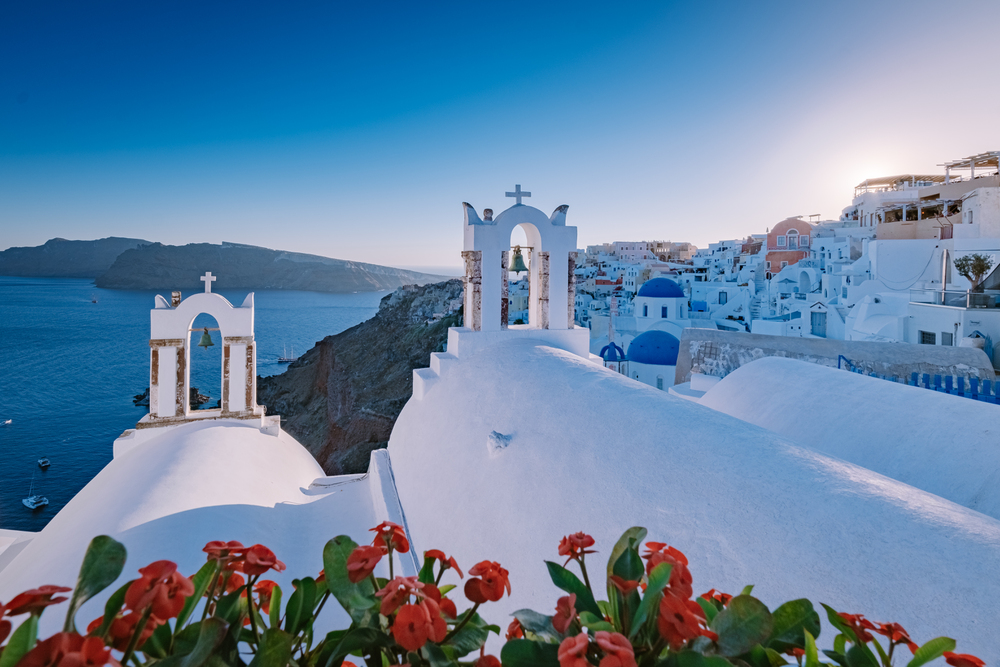
Winter transforms Santorini’s white buildings against moody skies, creating dramatic photographic opportunities entirely different from standard summer shots. Without cruise ships flooding the island with thousands of daily visitors, narrow streets become navigable, and winter rains bring surprising greenery to the normally arid volcanic landscape.
Quebec City, Canada, in Winter
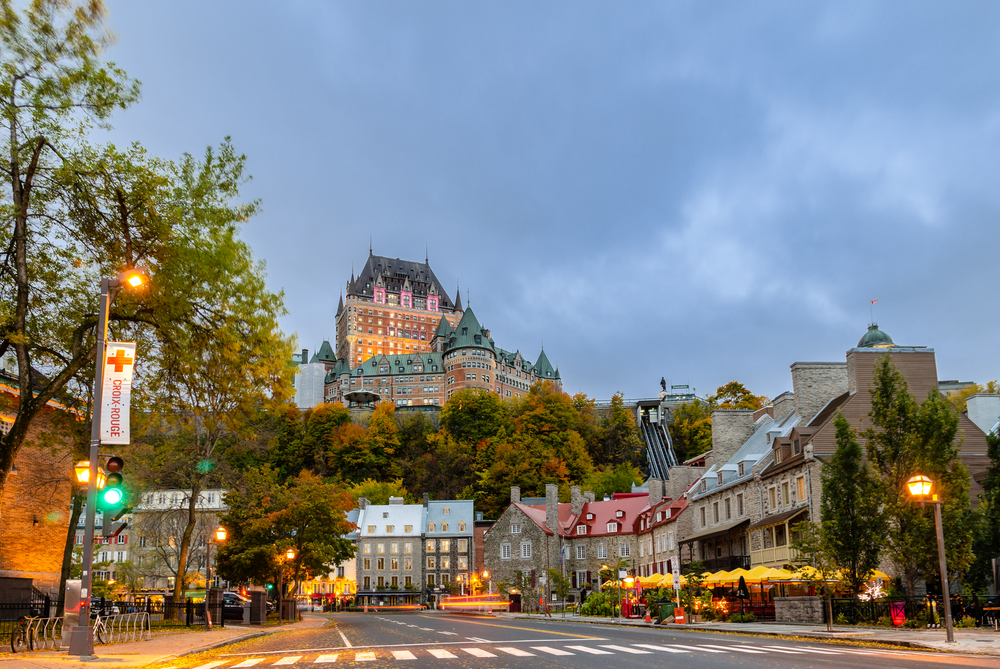
Snow-covered French colonial architecture achieves magical charm levels impossible during warmer seasons, while the world-famous Carnaval de Québec showcases authentic Québécois culture. Hearty winter cuisine featuring poutine and maple-infused dishes demonstrates how local food traditions evolved specifically to celebrate rather than merely endure the snowy season.
Amsterdam, Netherlands, in the Fall

Autumn casts golden light across Amsterdam’s canals while fallen leaves create picturesque scenes without summer’s tourist boat traffic. Cultural life thrives as museums mount major exhibitions for returning locals, and misty days make the cozy café culture a lived experience rather than a tourist curiosity.
Like Travel Pug’s content? Follow us on MSN.
Bangkok, Thailand, in Rainy Season

Dramatic afternoon downpours create a natural rhythm to Bangkok exploration, with mornings for temples and afternoons for museums and markets. Rain showcases ingenious architectural features like dragon-shaped drainage systems while transforming the city with lush tropical foliage typically wilted during the hot season.
Paris, France, in Winter
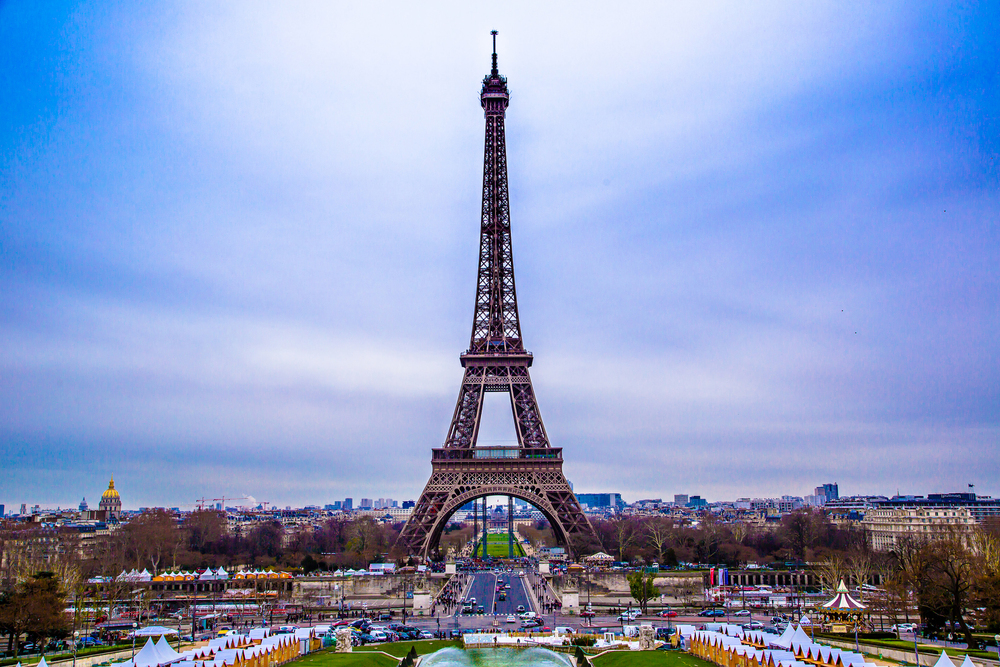
Early winter twilight brings a distinctive bluish glow to Paris when street lights illuminate limestone buildings, creating an atmosphere straight from classic photography. Cultural institutions present their most significant exhibitions for local audiences, while café culture reveals its actual function as a conversational haven when rain streaks the windows.
Machu Picchu, Peru, in Rainy Season

Morning mist rising through Machu Picchu during the rainy season creates ephemeral visual effects, highlighting architectural details, while surrounding peaks turn lush green. Dramatically reduced visitor numbers transform the experience from processed tourism to personal discovery, allowing quiet moments of connection impossible during high season.
Like Travel Pug’s content? Follow us on MSN.
New Orleans, USA, in Summer
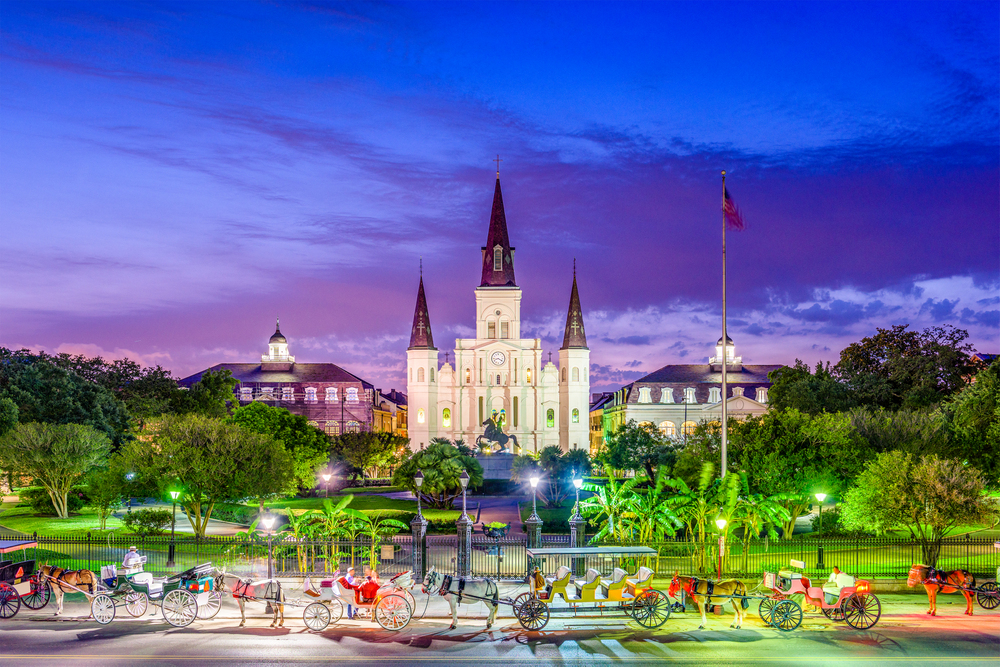
Steamy summer months reveal authentic New Orleans culture when locals reclaim their city from festival crowds. The humidity-induced slower pace showcases the proper rhythm of Southern life, while heat-adapted culinary traditions like chilled gumbo demonstrate how generations evolved with the subtropical climate.
Croatia’s Dalmatian Coast in Fall

The Adriatic maintains swimming temperatures through October while summer crowds vanish, creating opportunities for private cove exploration. Inland truffle season transforms regional cuisine beyond tourist menus, while autumn light quality reveals why this coastline inspired generations of painters.
Iceland in Winter

Extended darkness transforms Iceland into its most authentic cultural expression, revealing traditions of candlelight, storytelling, and communal activities that shaped its distinctive literature. Northern lights viewing peaks during winter, while geothermal bathing achieves its full expression when freezing air creates ethereal steam effects around hot pools.
Like Travel Pug’s content? Follow us on MSN.
Bali, Indonesia, in Rainy Season
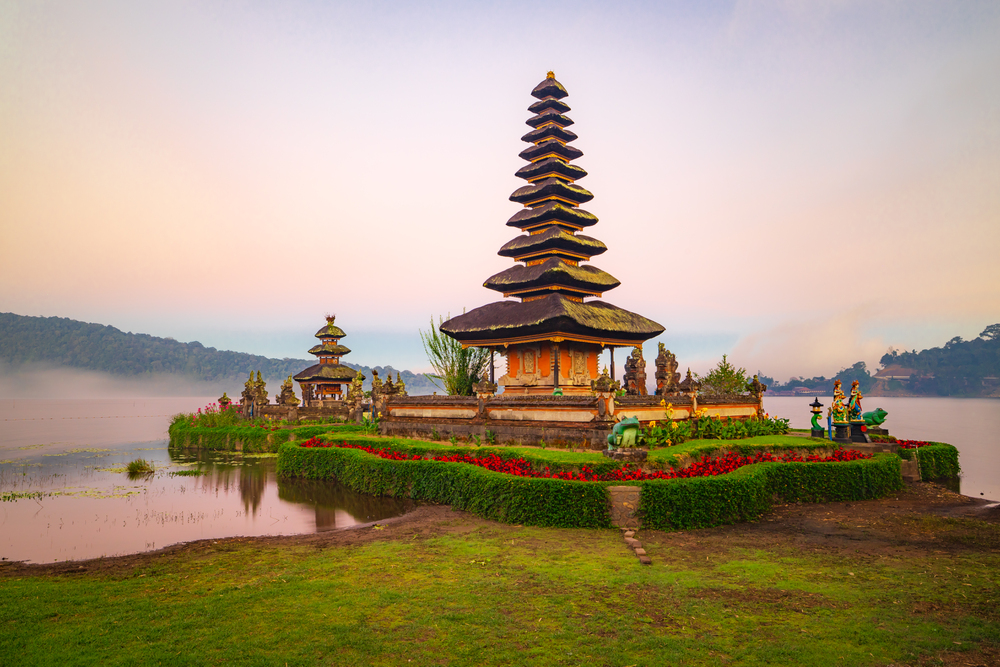
Ceremonial life takes precedence over tourist activities during the rainy season, offering unprecedented access to temple celebrations and artistic performances created for locals rather than visitors. Water-filled rice terraces reach peak photogenic beauty, showcasing the agricultural engineering that shaped Balinese culture.
Tuscany, Italy, in Winter

Morning mist creates moody landscape compositions entirely different from sun-baked summer imagery, while seasonal cuisine shifts to hearty dishes, connecting dining experiences to agricultural traditions. Hilltop towns transform back into functioning communities without tour buses, allowing visitors to experience daily rhythms impossible when streets overflow with day-trippers.
Mexico City in Rainy Season
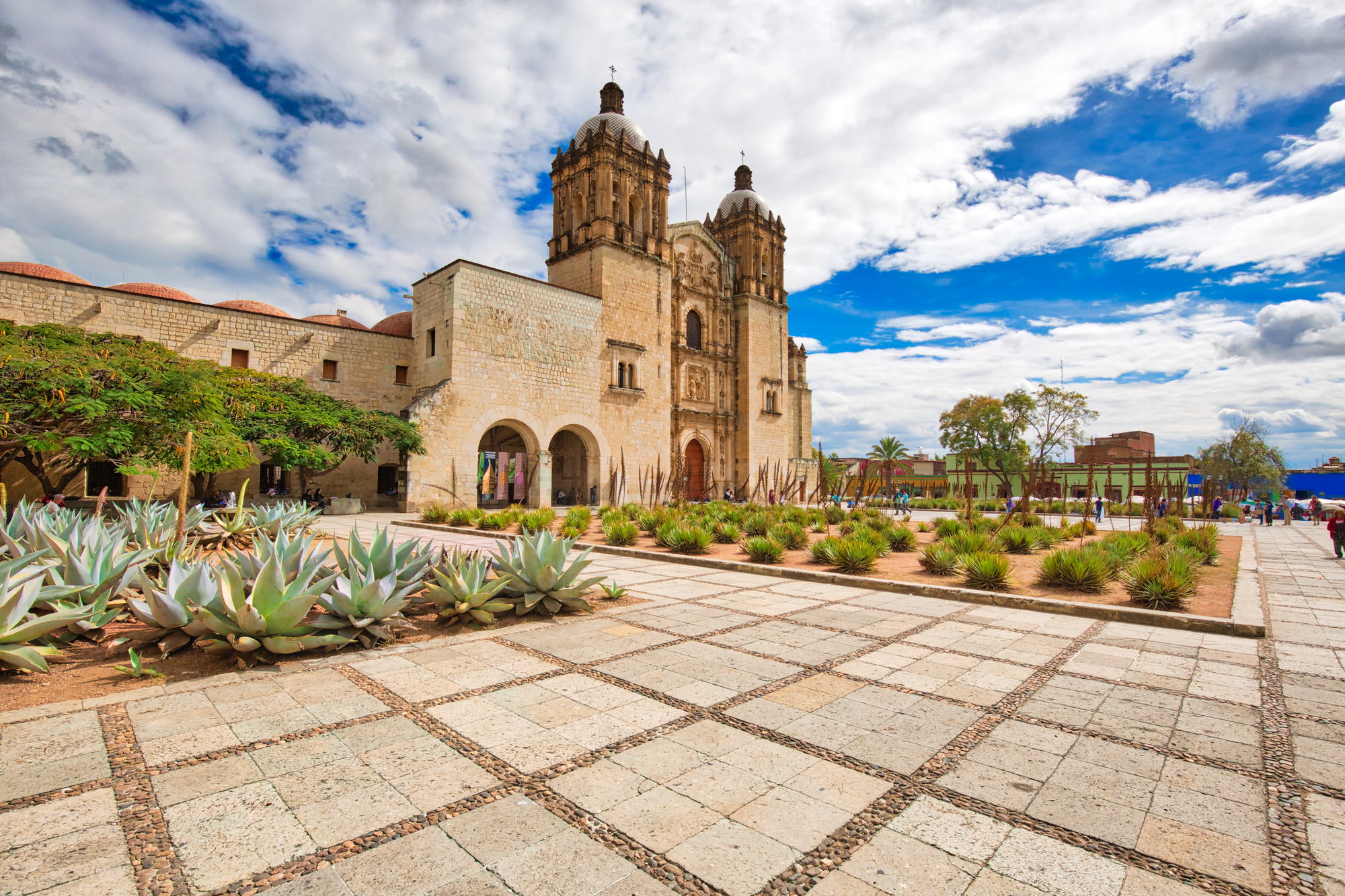
Afternoon cloudbursts deliver crystal-clear air, revealing distant volcanic peaks normally obscured by dry-season haze. Museum visits become intimate experiences without high-season crowds, while the capital’s parks transform from dusty expanses to lush gardens showcasing Aztec-inspired landscape design principles.
Like Travel Pug’s content? Follow us on MSN.
London, England, in Winter

Early nightfall creates perfect conditions for experiencing London as generations of writers have described it, with lamp-lit, misty Thames pathways setting historical moods. Cultural institutions present their most significant programs for locals rather than summer tourists, while pubs reveal their true social function as essential community spaces during inclement weather.
Hawaii in Fall
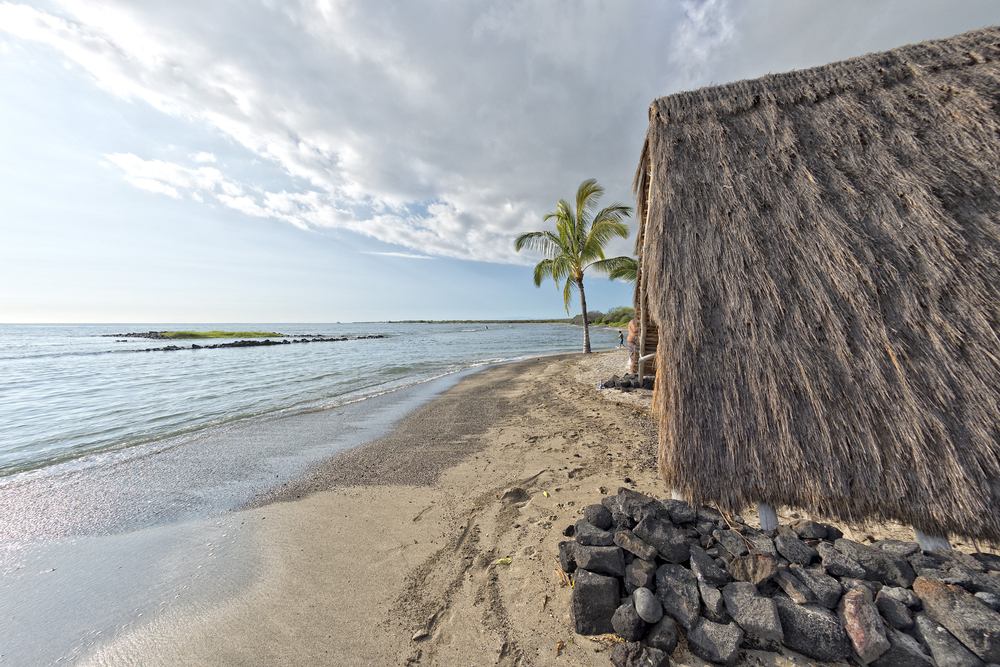
Fall reveals authentic Hawaiian rhythms when summer crowds depart, but winter surfers haven’t arrived, creating space for genuine cultural connections. Ocean conditions reach the perfect balance for recreational activities, while traditional harvest celebrations highlight indigenous agricultural practices beyond the manufactured luau experience.
Morocco in Summer
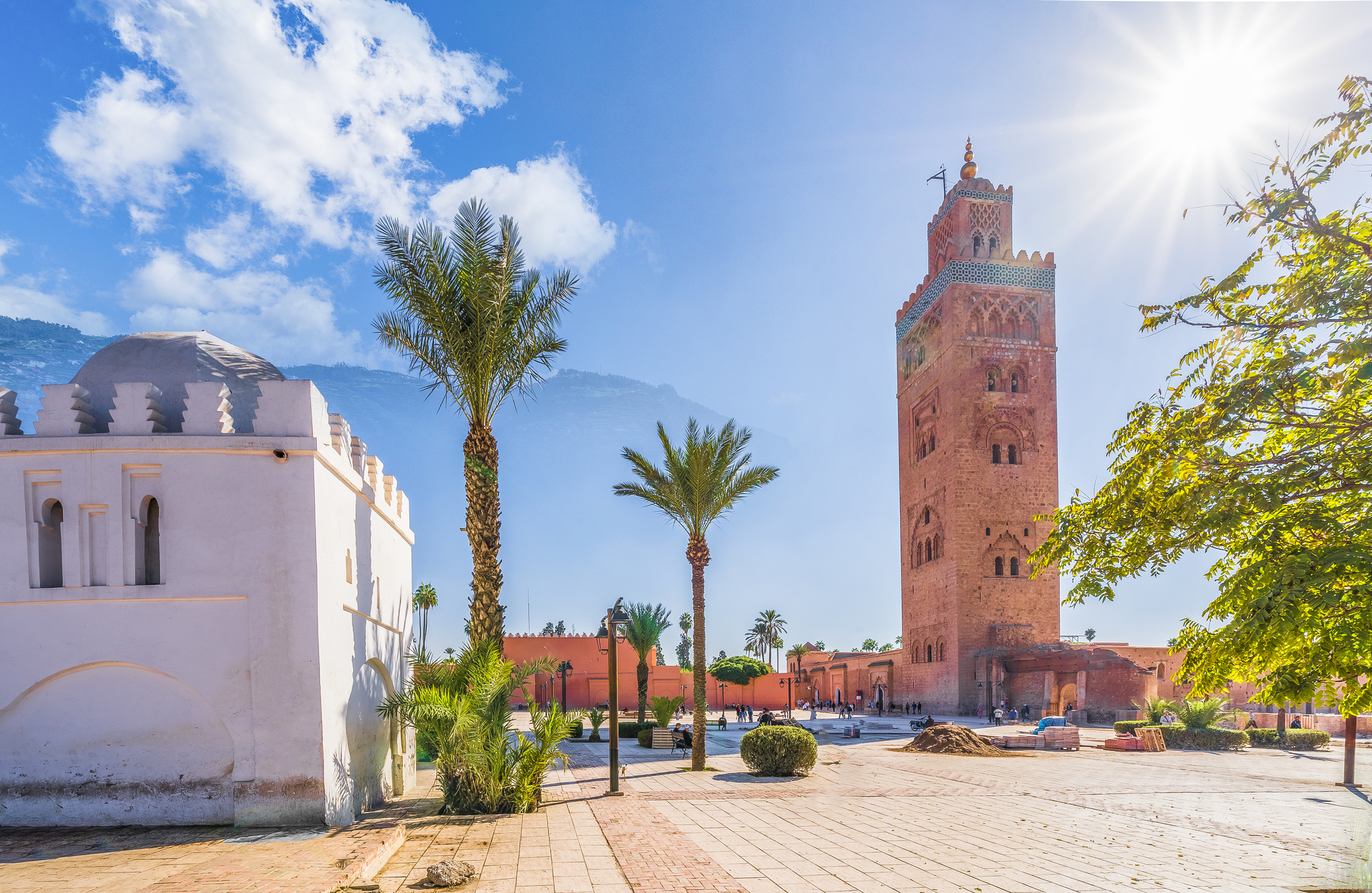
Desert architecture demonstrates ingenious climate adaptation when thick earthen walls maintain cool interiors despite exterior heat. Coastal cities like Essaouira fill with Moroccan rather than foreign tourists, creating authentic cultural atmospheres, while traditional mint tea reveals its true purpose as a cooling mechanism.
Like Travel Pug’s content? Follow us on MSN.
Costa Rica in Green Season

Dramatic rainstorms transform Costa Rica from passive observation to active participation in the ecological cycles driving rainforest development. Waterfalls reach spectacular volumes while wildlife viewing actually improves as seasonal fruiting events drive animal activity patterns.
Sydney, Australia, in Winter

Mild winter temperatures create perfect conditions for experiencing Sydney’s famous coastal walks without punishing summer heat. Cultural life thrives beyond beach activities, revealing the sophisticated city beneath its summer playground persona, while occasional winter storms create spectacular wave displays against iconic landmarks.
Swedish Lapland in Summer

The midnight sun phenomenon creates surreal experiences that connect visitors to ancient Sami understandings of time more profoundly than winter’s northern lights tourism. Wildlife viewing peaks as animals maximize the brief growing season, while traditional harvesting activities offer participatory cultural experiences that reveal sustainable relationships with the landscape.
Like Travel Pug’s content? Follow us on MSN.
Time and Authenticity
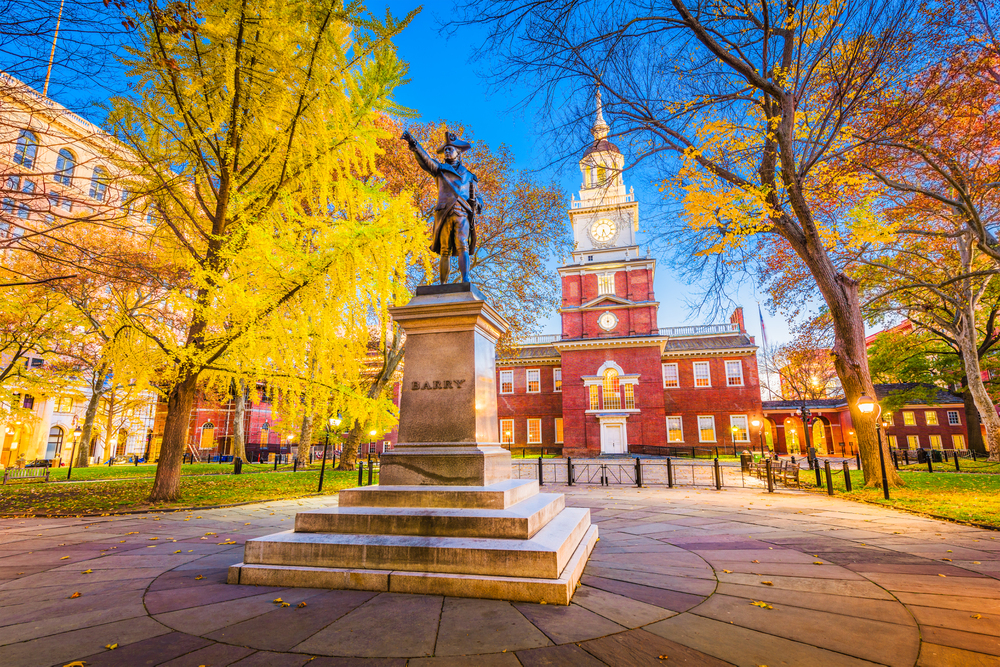
The concept of “wrong” seasons reveals more about tourism marketing than travel quality, as each temporal shift offers distinctive advantages, revealing different facets of a destination’s character. Counter-cyclical visits often deliver experiences closer to a place’s authentic rhythm when communities maintain normal patterns rather than adapting to visitor expectations.
Perhaps most significantly, embracing these supposed off-seasons creates space for the serendipitous moments that transform tourism into travel—those unexpected encounters and discoveries impossible to plan but more likely to occur when following curiosity rather than crowds. The true essence of a place often emerges precisely when conventional wisdom suggests staying away, rewards waiting for those willing to challenge assumptions about when to go and what constitutes the “perfect” time to experience somewhere new.
More from Travel Pug

- Cities Growing so Fast You Won’t Recognize Them in 10 Years
- 13 Destinations Where Tourists Regularly Regret Their Trip
- 20 Obscure WWII Sites Even History Buffs Don’t Know About
- 10 Under-the-Radar Mountain Towns That Are Both Affordable and Beautiful
- 20 Abandoned Places That Feel Like Real-Life Post-Apocalyptic Movie Sets
Like Travel Pug’s content? Follow us on MSN.
